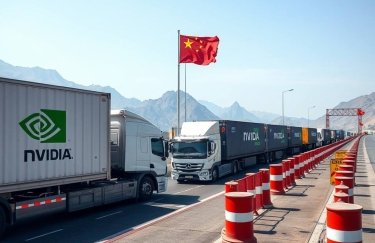
Human faces evolved to be highly distinctive; it’s helpful to be able to recognize individual members of one’s social group and quickly identify strangers, and that hasn’t changed for hundreds of thousands of years.
But, in just the past five years, the meaning of the human face has quietly but seismically shifted. That’s because researchers at Facebook, Google, and other institutions have nearly perfected techniques for automated facial recognition.
This development rested on two major trends that enabled the recent explosion in machine learning: the exponential improvement in computing power and growth of digital imagery, including labeled photos of human faces. In most cases, those images weren’t created in order to train facial recognition algorithms, but they were borrowed for that purpose.
The result of that research is that your face isn’t just a unique part of your body anymore, it’s biometric data that can be copied an infinite number of times and stored forever. Now that facial recognition algorithms exist, they can be effectively linked to any digital camera and any database of labeled faces to surveil any given population of people.
In the video above, we explain how facial recognition technology works, where it came from, and what’s at stake.
You can find this video and all of Vox’s videos on YouTube. And join the Open Sourced Reporting Network to help us report on the real consequences of data, privacy, algorithms, and AI.
Open Sourced is made possible by the Omidyar Network. All Open Sourced content is editorially independent and produced by our journalists.
Sourse: vox.com






